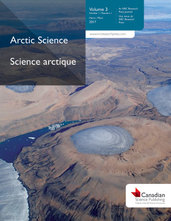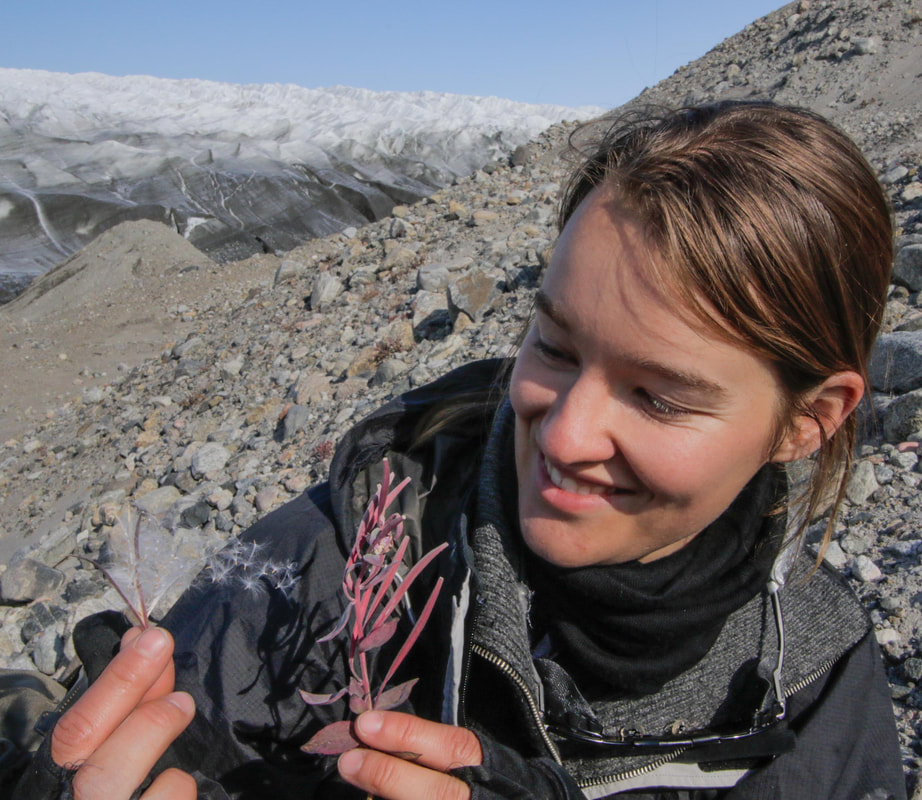Special issue on the importance of museum collections to advance scientific knowledge in the Arctic7/9/2017  Museum and herbarium collections are important resources, especially for hard-to-reach places such as vast areas of the polar regions, where it’s expensive and difficult to do research. From my personal experience I can say that my PhD research on the evolutionary history of the Antarctic flora wouldn’t have been possible without valuable plant herbarium collections from the Antarctic and elsewhere in the world. Unfortunately museums and herbaria are under pressure almost everywhere due to tight budgets or restrictions for space within institutions (e.g. see an article in Nature describing how North America's herbaria are disappearing at an alarming rate). Published this month in a special volume in Arctic Science, a collection of studies address how museums and herbaria provide an invaluable resource for a vast spectrum of biological and even cultural research. This is particularly true in remote places such as the Arctic, where it’s not easy to cover massive distances to collect fresh data or samples for your science, or where past collections provide an invaluable resource to study changes in biodiversity over time, especially important in the rapidly changing Arctic ecosystem. In many cases such biological studies can also aid climate studies, e.g. by documenting changes in vegetation and thereby greenhouse gas emissions, or by defining likely refugial areas for floral and faunal species during past glacation periods. Future directions and priorities for Arctic bryophyte research As part of the special issue, our review, led by Dr. Lily R. Lewis and Dr. Stefanie M. Ickert-Bond, addressed the importance of herbarium specimens for Arctic bryophyte research and future directions and priorities within this field. Why should we care about Arctic bryophytes, you could ask? Well, bryophytes are the dominating vegetation across vast areas of the Arctic and play an important role in global biogeochemical cycles, particularly carbon storage. In fact, peatlands are estimated to hold about a quarter to a third of all soil organic carbon, especially in the fens, bogs and wetlands of the boreal region. Below are some summary pictures of the paper, in which we highlighted recent advances in knowledge of Arctic bryophyte research (left) as well as a map showing the density of moss collections throughout the Arctic (right), thereby also revealing the large gaps (particularly in Russia and eastern North America) in collection data across the region. Developments in molecular research have only just started to illuminate patterns of moss diversity, phylogeographic history as well as functional questions in the context of ongoing climate change, yet many studies still rely on collection data and herbarium specimens, as well as the expertise of (a decreasing number of) bryophyte taxonomy experts. We conclude by highlighting the need for a coordinated international research effort across the northern countries to address the knowledge gaps of this ecologically important group of organisms in the Arctic.
0 Comments
Leave a Reply. |
Hi! I am Elise Biersma, an evolutionary biologist studying polar plants and microbes.Archives
January 2021
Categories |



 RSS Feed
RSS Feed